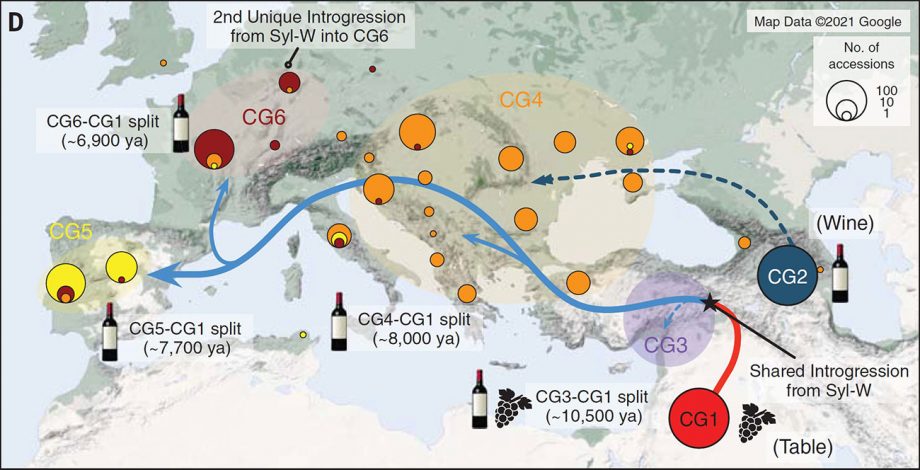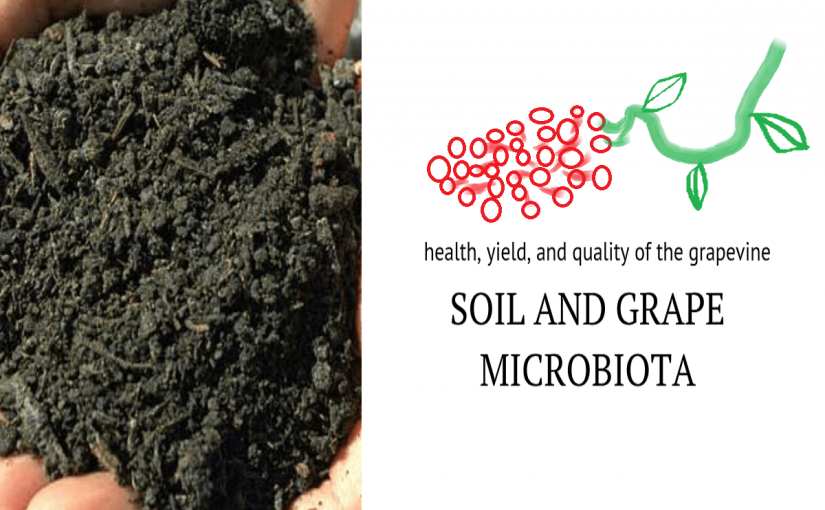3.3.2023
Wine is a crop for which the Calabrian terroir effect has been demonstrated.
The ‘‘terroir concept’’ has become popular in many parts of world. Originally developed for wine, it is now applied to many other quality crops, but surely mainly for wine. Although it is well recognized that vineyard soil is one of the main factors characterizing terroir, it is also well known that soil properties can vary markedly even within a single field, so that a vineyard, for instance, can produce two or more contrasting types of wine. The optimization of agricultural husbandry in relation to soil characteristics is the main focus of Agriculture in Calabria.

SMAF LTD
Explore our products, coming from CALABRIA. Order the food and beverage products that allow you to explore the Mediterranean diet of a remarkable region. Surrounded by two seas and adorned with pine forests, mysterious villages, natural habitats, and rich biodiversity. Discover handcrafted delicacies that embody the soul of the land: sun-ripened fruits, premium olive oils, bold wines, artisanal cheeses, and traditional cured meats, all crafted with passion and authenticity.
METAGENOMICS OF CALABRIAN WINE
In Calabria, a considerable proportion of typical foods, such as dairy products, olive oil, wine, fruits and vegetables, and cereals are of so called “Mediterranean origin”. They are protected by
a ‘denomination of origin’ and the analytical methodologies used for the geographical identification of food products are numerous and for the most part experimental. The most important are DNA analysis and the
chromatographic, spectroscopic, and mass spectrometry techniques.
DNA analysis, using the DNA-barcoding methodology, allows a fingerprint for every product to be identified, guaranteeing its origin and quality.
Another very important perspective for Mediterranean wine and Calabrian one, particularly, is the “environmental” DNA sequences, unique to every species or subspecies, to be utilized like a ‘‘bar code’’ to identify a product by comparing them with a database containing the sequences of all known species. This approach is called “Metagenomics of Wine”
In 2009 a metagenomic experiment was conducted in Sila about potatoes (three types of soil were identified and their related metagenomic markers), the extension of the method to wine is still only a future persepctive. The process is the identification of so-called molecular markers for the traceability of the agricultural food chain, and it can become a new challenge for the protection of high-quality products.
In the world, instead, the last 2 decades have been characterized by an important change in the approaches used for microbial examination, due to the introduction of DNA-based community fingerprinting methods such as DGGE, SSCP, T-RFLP, and ARISA. These approaches allowed for the exploration of microbial community structures without the need to cultivate, and have been extensively applied to decipher the microbial populations associated with the grapevine as well as the microbial dynamics throughout grape berry ripening and wine fermentation.
These techniques are well-established for the rapid more sensitive profiling of microbial communities and these metagenomics approaches to vineyard microbial ecology especially unravel the influence of vineyard management practices on microbial diversity.
ARCHEOLOGY OF WINE AND MEDITERRANEAN WINE-MAKING
A very important attempt to identify the metagenomic origin of wine of rice was done by some Chinese scientists (we are citing the well known article “Metagenomic sequencing reveals the relationship between microbiota composition and quality of Chinese Rice Wine”, Xutao Hong, Jing Chen, Lin Liu, Huan Wu, Haiqin Tan, Guangfa Xie, Qian Xu, Huijun Zou, Wenjing Yu, Lan Wang & Nan Qin, – in Scientific Reports volume 6, Article number: 26621, year 2016).
The recent metagenomic experiment about the wine of rice is very interesting when we remember that the first archeological traces of wine can be actually found in China, in 7,000 B.C., when first type of wine in human history was a fermented mixture of honey, “rice”, grapes and hawthorn berries. Further, rice wine is still a widespread beverage in China today, while the first pure wine of grapes can be dated to 6,000 BC and geographically placed in the region of Georgia and the Caucasus in general.
Recent news of 2023 refer that the origin of the grape and that of the wine, which have so far been an unsolved mystery, date back even 11 thousand years ago, thanks to two domestication events geographically separated by more than 1,000 kilometers but similar in the result.
They occurred in Western Asia and the Caucasus region. It was reconstructed by the largest genetic analysis ever conducted, which examined over 3,000 samples of vine varieties also coming from private collections and specimens never documented. From that area the wine making, then, spread to the Phoenician, Greek and Latin world…

The study is published in the journal Science, also conquering the cover, by the international group led by the Chinese Agricultural University of Yunnan, the State Laboratory of Agricultural Genomics in Shenzhen and the Chinese Academy of Sciences in Beijing, with the Italian collaboration of the Universities of Milan, Milan- Bicocca and Mediterranea of Reggio Calabria, of the National Center for Biodiversity (Nbfc) of Palermo and of the National Research Council (Cnr).
Particularly, the Chinese scientists investigated the influence of microbial composition on the quality of rice wine, and sequencing was performed for 110 wine samples on bacterial 16S rRNA gene and fungal Internal Transcribed Spacer II (ITS2).
Bioinformatic analyses demonstrated that the metagenomics of rice wine is marked by Lactobacillus brevis. These results led to a conclusion that metabolisms of microbes influence the wine quality and can mark it.
PERSPECTIVE: CALABRIAN OENOLOGY AND WINE ARCHEOLOGY
The new techniques of Metagenomics are a new wide open field for proving the best quality of Calabrian soils and of their vineyards. Further, archeology of wine can avail of this method to investigate history of wine in the south of Italy, as environmental heritage of Phoenician, Greek and Latin history into Calabrian wines.

